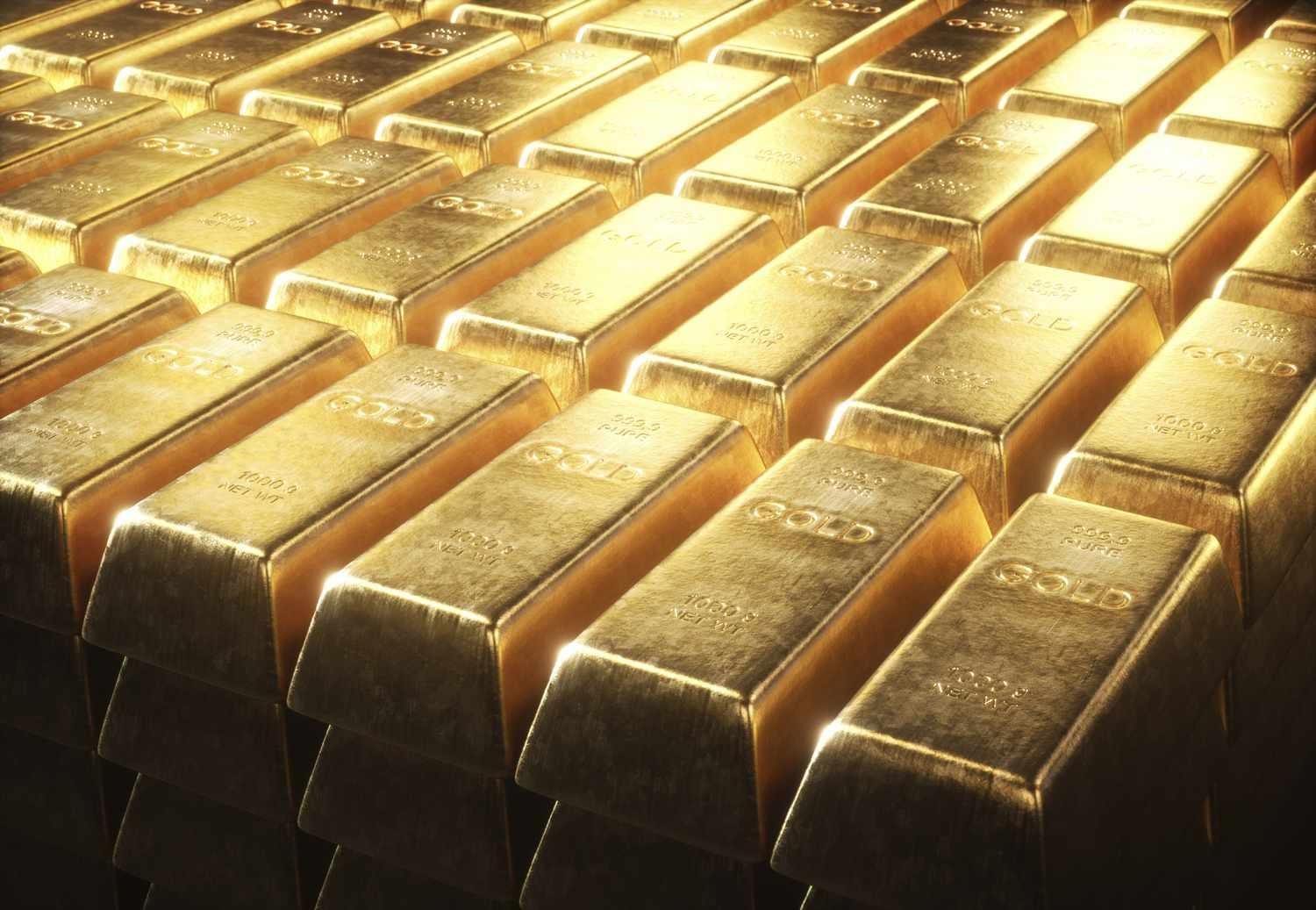
Gold Prices Updates: November 2022
Learn about what drives gold, silver, and other commodities price movements. Read before you trade gold prices with iFOREX.
Gold Price Updates
The economic world has been clouded by concerns about a recession and the classic safe haven address for traders in such times is gold. However, why then did gold prices lose a massive 20% between March and October? The answer is that the Fed’s rate hikes this year led to widespread anticipation of an economic downturn, and this drew traders to the US dollar. The value of the dollar is inversely related to gold price movements (as well as other dollar-valued commodities’ price fluctuations), so the result was a slump in gold prices. Also, higher interest rates themselves weigh on gold for the reason that the metal doesn’t bear interest.
Near the end of October, with a Fed meeting scheduled for the first week of the new month, traders believed Fed chief Jerome Powell might loosen policy, which would be bullish for both gold and silver, and so prices rallied. More sober thoughts prevailed on October 28th and prices settled again. Indeed, the previous day saw the European Central Bank (ECB) double its benchmark interest rate. Rupert Rowling of Kinesis Money explained that, “while the trajectory of the interest rate curve may have eased off, It will continue to climb for a few months yet”. In other words, relief for gold prices was still some way off.
Join us now as we explore the recent dynamics behind gold prices, especially if you’re poised to trade gold prices now with iFOREX as CFDs. We’ll also explore what drives commodities price movements in regard to other precious metals, such as silver.
September
In the first week of September, Russia’s state-run firm Gazprom put an end to gas flows in its key Nord Stream pipeline. Worries of an energy crisis on the continent started to mount, and the USD seemed a lot more appealing to traders than the euro, which fell to its lowest point in twenty years. The previous three weeks had seen gold prices slide steadily down, with many central banks on hawkish paths. “The general outlook for gold remains weak with market players positioning for the ECB meeting this week”, remarked Ravindra Rao of Kotak Securities. He went on to explain that the two main factors holding gold down were the strong dollar and trader disinterest, while some elements that could support prices included viral outbreaks in China, political tensions between China and the US, and a potential energy crisis in the euro zone. These latter forces might stir the safe haven appeal of the metal.
In the third week of the month, with some fiery US inflation data emerging, there were analysts who expected the Fed to hike rates even more than the anticipated 75 basis points. However, “On any kind of softer tone in Jerome Powell’s press conference, you could see gold futures rise on that”, suggested Phil Streible of Blue Line Securities. The ECB, for its part, was expected to stay hawkish into October and after. Near the end of the month, gold was back in the green and by a healthy 1.2%, as the USD took a breather. Gains were cut short, though, on September 27th when Fed spokesmen reiterated their commitment to holding prices down. On that day, spot gold cost $1,628.09 an ounce and TD Securities said new rate hikes would push prices below the $1,600 mark.
October
As October got going, the dollar hung back again, leaving room for spot gold to rise 0.2%, but a US labor market report due that week kept prices grounded because strong readings would be bearish for gold. A similar false start happened again mid-month. Weak bullion prices in October were weighing down on mining stocks and ETFs. “Gold prices are unlikely to rise with a deteriorating growth outlook until the Fed makes progress in the war on inflation”, concluded TD Securities’ Bart Melek.
This month in terms of trading commodities prices saw the migration of tons of gold bullion from New York and London to Asian markets like Shanghai and Istanbul. Buyers in the east were snapping up the low-priced bullion sold off by western traders, and with such thirst that it couldn’t be transported quickly enough to satisfy demand. “The incentive to hold gold is a lot lower”, explained Joseph Stefans of MKS PAMP SA. “It’s going from west to east now”. The cycle is actually a familiar one: after prices drop, Asia buys up the metal, which ends up supporting prices during their low ebb. In India, silver was the stuff in high demand and selling at a $1 premium due to the logistical difficulties in moving the metal east.
Looking Forward on Gold and Silver Commodities Prices
Traders have been trying to divine the moment of “peak hawkishness” on the Fed’s part, as this “should present a good buying opportunity for gold”, suggests Sevens Report Research. Rolling into November, Rupert Rowling saw gold making only modest gains in the near-term and “more likely to consolidate around its current level of $1,650 an ounce”. Will gold rebound to its glittery status, or will we face a year of tarnished precious metals?
In order to better equip yourself to trade gold prices now with iFOREX, or any commodities prices such as silver, platinum, even oil, coffee or wheat, as CFDs, keep your finger on the Fed’s pulse and also watch the US rate of inflation, all of which could have an impact on commodities price movement in the near future.
Legal Disclaimer:
MENAFN provides the
information “as is” without warranty of any kind. We do not accept
any responsibility or liability for the accuracy, content, images,
videos, licenses, completeness, legality, or reliability of the information
contained in this article. If you have any complaints or copyright
issues related to this article, kindly contact the provider above.


















Comments
No comment